Anybody utilizing MacBooks and Macs has had the option to download macOS Catalina since its WWDC 2019 launch. What’s more. With its launch comes a ton of fabulous elements that were absent in earlier versions of the OS.
It is the case that a few all-around cherished features, like iTunes, failed miserably with the launch of macOS Catalina. Nonetheless, Apple has supplanted those features with incredible applications like Apple Books, Apple TV, Apple Podcasts, and, obviously, Apple Music. It’s not simply new applications that accompany the new OS.
What you will see here:
Apple removes the iTunes
The iTunes software has been available on the Mac since 2001. Deprecated in favor of a new set of split-up apps that perform many of the same functions as iTunes.
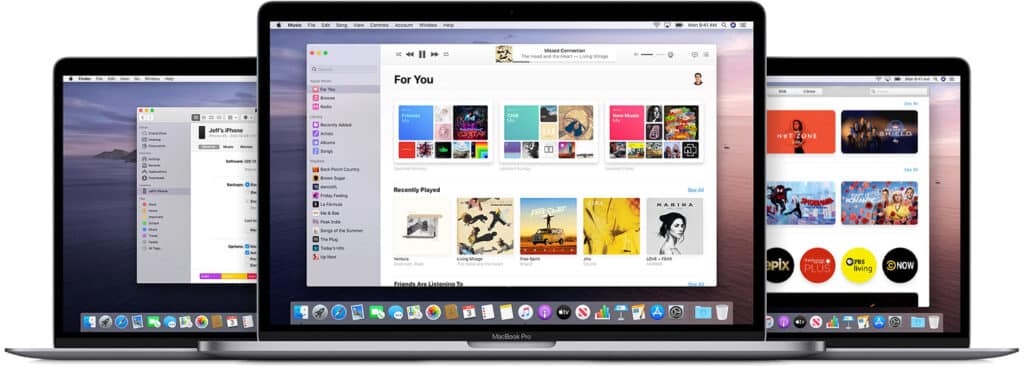
In macOS Catalina, there are new Music, Podcasts, and TV apps, which replace the single iTunes app that formerly included music, podcasts, and television-related content. Finder now has device management options that were previously only available through iTunes.
Home Sharing isn’t gone in macOS Catalina, and it’s still available. Go to System Preferences > Sharing -> Media Sharing and check the box next to the Home Sharing option. You do not need to have an apartment in Catalina to share a home.
Apple Music, TV, and Podcasts
The most noticeable change in Catalina is the removal of iTunes in favour of three new apps. Apple has packed iTunes with features that are becoming increasingly difficult to discover with each new edition, and the three new apps simplify things while still introducing some nice new functions. The Music app is essentially a macOS version of the iOS Music app. It contains a button that displays music lyrics and is more spacious and colorful than iTunes. Furthermore, it shows the entire lyrics rather than the line-by-line representation found on iOS. But only if you have an Apple Music subscription. When I played music that I had purchased before subscribing to Apple Music on my system, the app informed me that the lyrics were available too for the song.
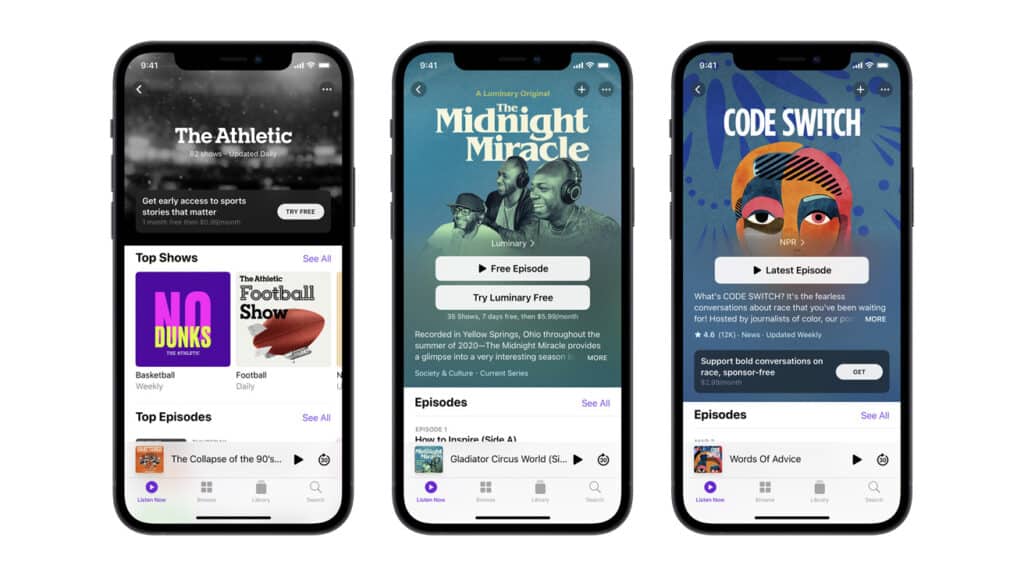
Similarly, the new Podcasts app looks like a stripped-down version of the Apple TV interface with an iTunes-style sidebar on the left. While the new TV app looks like a reduced version of the Apple TV interface with an iTunes-style sidebar on the left. The search feature in the Podcasts app can now detect words in the spoken content of a podcast, not just in the title and description, thanks to strong speech recognition on Apple’s servers.
Until Catalina, iTunes was also the program you do back up and restore your iPhone or iPad in its entirety. This feature is now available in Catalina’s Finder.
Apple brings Sidecar
Sidecar is a Mac app that allows you to use an iPad as a secondary monitor. You can enter Sidecar mode with an available iPad by hovering your mouse over the green button on any Mac app window, or by going to the System Preferences for the AirPlay interface on the Mac.
Sidecar allows you to mirror or expand your display to the iPad, and because the Apple Pencil works in Sidecar mode, you can use it as a mouse or a drawing tool in programs like Photoshop.
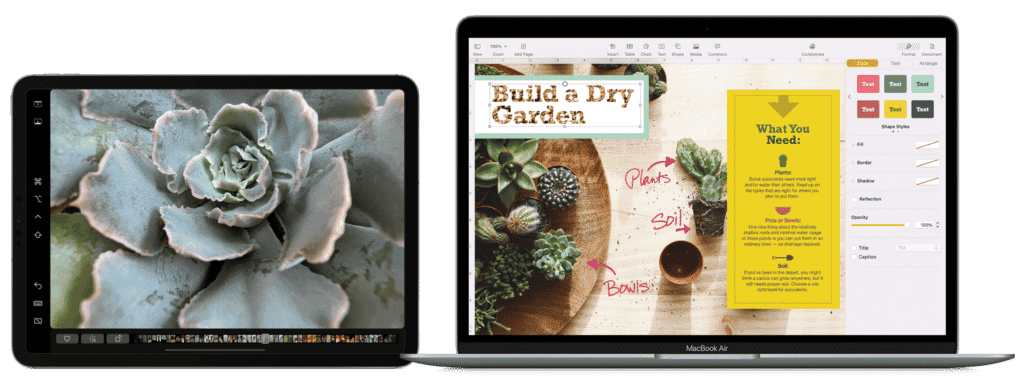
Everything you do on the iPad, such as generating a Photoshop sketch, is done on the Mac, allowing you to use the iPad as a Mac connected to a drawing pad. You may also use the iPad’s Markup tool to write and doodle on PDFs or to markup papers.
Sidecar integrates with the new iPad OS multi-touch gestures, so you can use touch gestures to cut, copy, paste, and undo on the on-screen keyboard with Mac’s display expanded or mirrored.
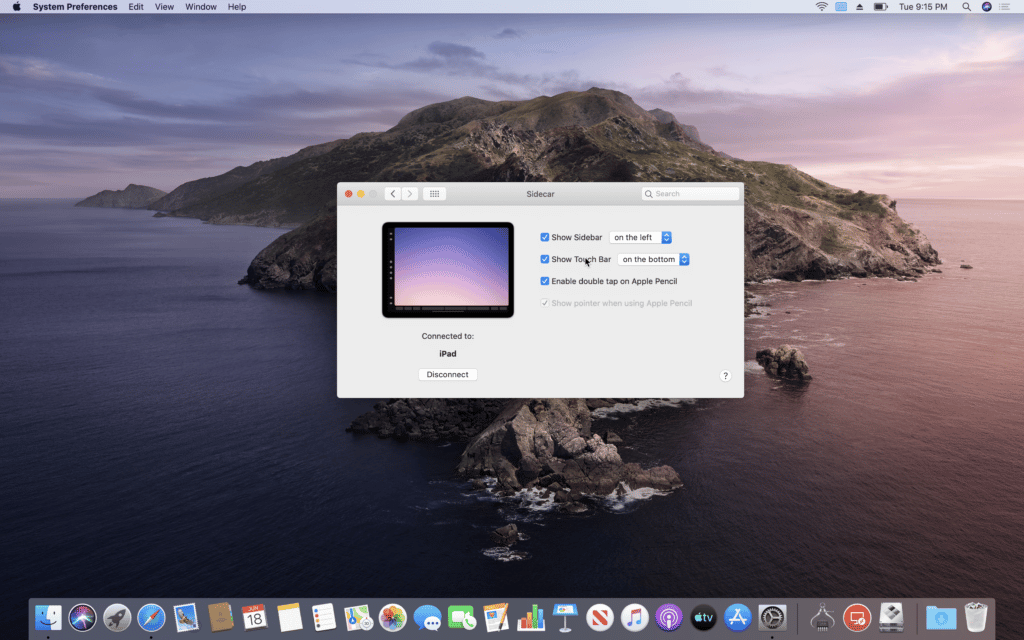
More curation and automation
Other built-in apps are updated to varying degrees. Photographs now include more built-in automation Apple refers to it as curation. It determines which of your photos are the best and highlights them in new Days, Months, and Year layouts that display photos from specific periods. The app’s preview displays automatically select the most significant section of each photo. But when you open the photo itself, you can see the entire image. These features will appeal to you if you want to sit back and let the app make decisions for you. Fortunately, those who like to curate their photos can still use the All-Photos mode to see thumbnail images of all their photos and make their selections.
Only modest changes are visible in Safari, such as Siri Suggestions on the start page. It offers to open URLs relevant to messages you’ve received, browsing history, or elsewhere. Maybe these suggestions will be more beneficial to you than they are to me. However, they have reminded me of pages that I had previously glanced at and wished to revisit but never did.
Apple brings Find My
Find my is a new program that combines the Find My Mac function from iCloud and the Find My Friends apps from iOS devices into a single app that’s available on iOS and, for the very first time, on Mac.
The Find My app is to make it simple to find your devices and friends who are sharing their location all in one place.
Find my app is similar to the Previous Find My iPhone and Find My Friends apps in that it displays device and friend locations. But it also has a new feature that allows you to track down a lost Mac. Even if it isn’t connected to the internet.
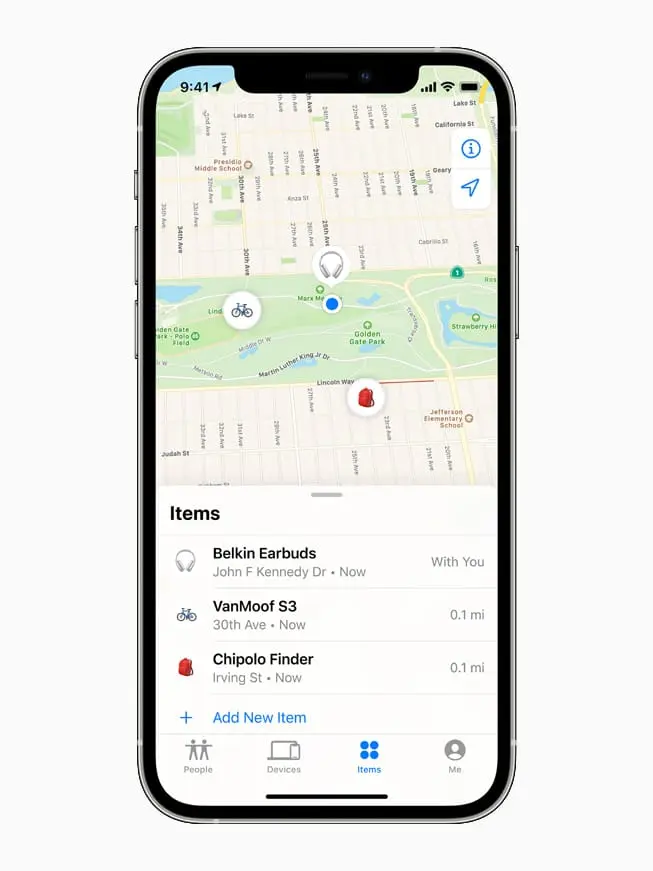
The Find My function relies on crowd-sourced location data given via Bluetooth signals to work. In a nutshell, your gadgets emit a Bluetooth signal that may Connect with other nearby iPhones, iPads, and Macs, which then relays the signal to you so you can locate your lost device.
The Mac Emits a signal which we use as a public key, This forecasts to you the position of your device when it connects with other people’s devices. Only another of your devices with information from the encrypted transmission can decrypt it.
Security features of macOS Catalina
Catalina’s most important security feature is hidden until you launch the macOS Disk Utility and examine your disk’s layout. Catalina installs itself on distinct APFS (Apple File System) volumes. One with a read-only copy of the OS and the other with all your apps and data. Rather than a single partition of the disc that contains both the OS and your data, as in previous versions. This means that only Apple can make modifications to the operating system through system upgrades, not third-party apps. If you boot your Catalina-based Mac from an older version of macOS on a volume or external drive. You’ll see two different discs in the Finder. One is named (by default) Macintosh HD and the other is titled (by default) Macintosh HD.
If you start up an app that hasn’t been codesigning, Catalina may display a notice that states that there is damage in the app. Right-click on the app and select Open from the popup menu if you’re sure it’s safe to use. Catalina displays a notice one more time to inform you that the program is broken and you must delete it. Don’t give up hope. Instead, select OK from the error notice, then right-click the app once more and select from the menu.
Catalina displays the same error message this time, stating that the program is malfunctioning. But this time the message includes an “Open” button. That will allow you to open the app you’ve been trying to run. You won’t have to go through all of this again after clicking the Open button once to launch the app. It will now open normally the next time you double-click on it.
Conclusion
Any new Mac comes with Catalina, and almost any Mac from 2012 may update to Catalina with a few clicks. If you use 32-bit programs, you’ll want to stick with Mojave or the pre-Mojave High Sierra version, which will continue to work as before and receive Apple security upgrades. If 32-bit apps aren’t a deal-breaker, Catalina’s better security, efficient and stylish new interface for music, podcasts, and TV, and deeper and closer connection with your iPhone and iPad are all reasons to upgrade.
Read More!
- All about Home Sharing- From setting it up to using it!
- Apple Podcasts- A complete guide for everything you need to know!
- All you need to know about iOS 14.6 – What’s new to consider?
- Apple macOS Versions- Everything you need to know!
- Spotify – A perfect streaming for music lovers!
















